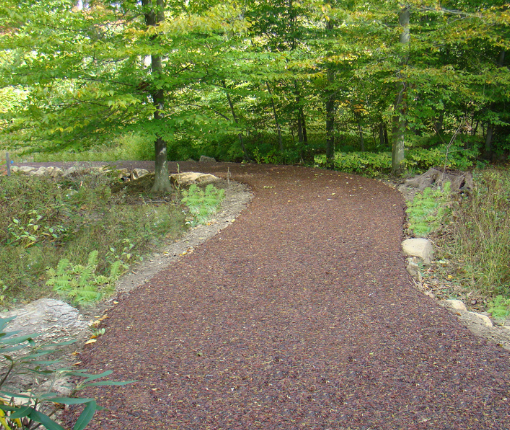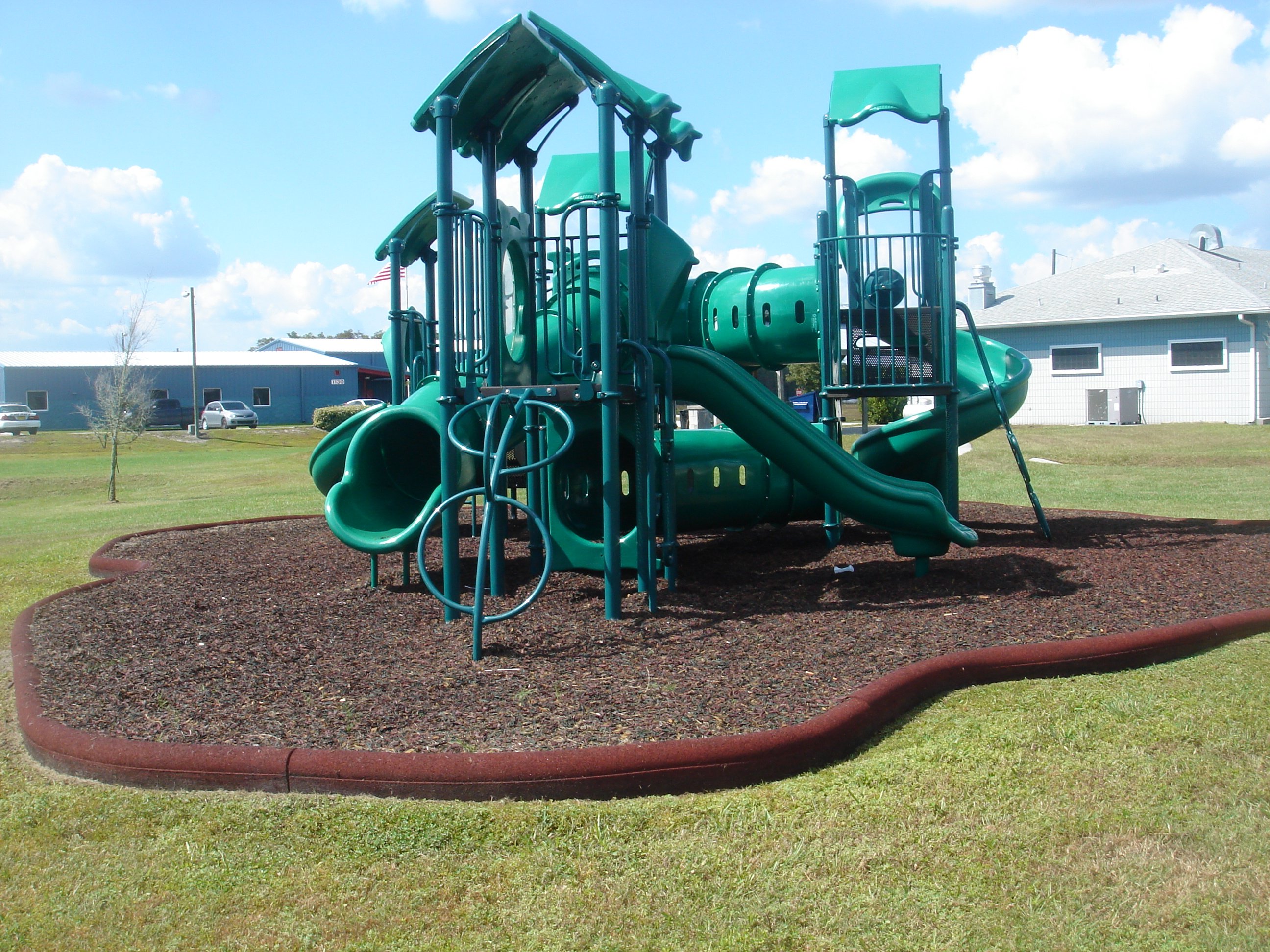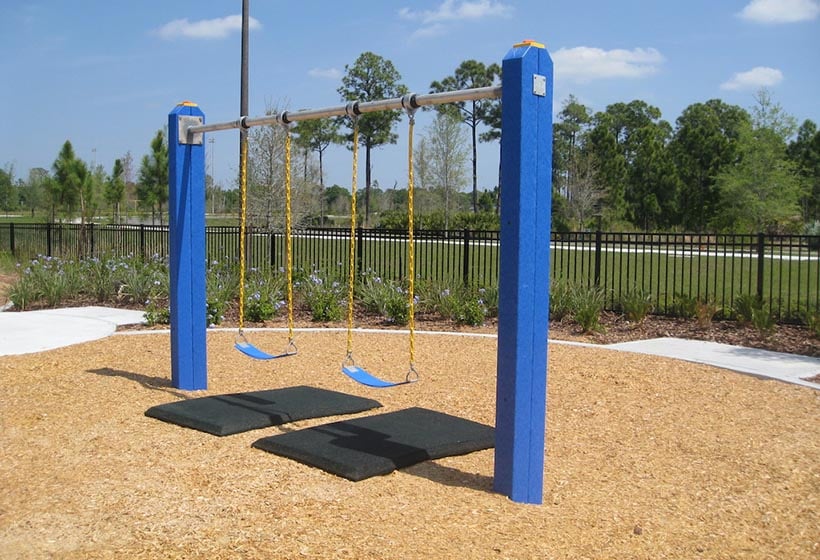Senior-friendly walking paths aren't only a pleasant addition to elderly communities; they're part of life. These pathways help residents stay active, get outside more often, and feel safer as they move around.
But building a path that’s easy on the joints, durable, and still budget-friendly isn’t easy. Community planners and facility managers often ask: How do we make these paths safer and more affordable without cutting corners?
The answer comes down to choosing the right surface that supports stability, reduces slip risk, and stands up to daily use. With the right materials, you can design beautiful and safer walkway solutions for elderly residents.
Here’s how.
How the Right Surface Supports Senior Safety
Surfaces that are fine for younger folks, like concrete or gravel, become risky for older adults. They're harder on the joints, less forgiving, and become unreliable in bad weather. When designing senior-friendly walking paths, the surface should:
- Be gentle on knees and hips.
- Stay non-slippery, even when it’s wet.
- Offer a smooth, even surface with no dips or bumps.
- Require little upkeep.
- Meet ADA accessibility standards.
Safer, reliable walkway solutions aren’t always about design, they also need to be affordable upfront and down the road.
Smart, Budget-friendly Surfacing Options
Here are two surfacing options that hit the mark for safety, comfort, and value.
Poured-in-Place Rubber Trails: Seamless and Customizable
Poured-in-place rubber trails are a premium solution for high-use, senior-friendly walking paths. This surface is installed in layers and cured onsite, creating a seamless, slip-resistant trail tailored to your specific layout.
Why They Work Well for Seniors
With excellent shock absorption and traction, poured-in-place rubber reduces the risk of trips and falls. The surface is firm yet cushioned, helping older adults walk comfortably and confidently, whether with a walker, cane, or none at all.
Durability and Upkeep
This walkway solution is highly durable and weather-resistant. It won’t crack or shift like concrete, and it holds up well under foot traffic, mobility devices, and even maintenance vehicles. You can easily clean it, usually with just a leaf blower or a rinse.
Communities that install poured-in-place trails often report a noticeable increase in outdoor activity. The non-slip pathway feels safe underfoot and encourages residents to spend more time walking, socializing, and enjoying the space.
Bonded Rubber Trails: Natural Look, Solid Performance
Bonded rubber trails combine the visual appeal of natural mulch with the stability of a solid path. These trails are made by binding rubber mulch with a special adhesive, forming a continuous, slip-resistant surface that looks like loose material but stays firmly in place.
Why They’re Ideal for Seniors
This is a safe walkway design for elderly. Bonded rubber provides consistent traction and gentle cushioning, which is important for balance and joint support. Because it doesn't shift underfoot like bark or gravel, it offers a steady non-slip surface for safer walking.
Easy Maintenance and Long-Term Value
These trails require minimal maintenance with no raking, refilling, or weed control like you'd need with loose groundcover. They resist erosion and stay intact in all kinds of weather, making them a cost-effective surfacing choice for aging-in-place outdoor designs.
Why Rubber Paths Make Financial Sense
It's easy to assume that rubber surfacing might be pricey, but it's a smart long-term investment for senior-friendly walking paths. Here’s what makes it a smart choice:
- Made from recycled materials: This reduces manufacturing costs and also helps the environment.
- Minimal maintenance: No sealing, repainting, or major repairs like concrete or asphalt are required.
- Long-lasting: These surfaces hold up for years, sometimes decades, making them a reliable, cost-effective path material.
- Faster installation: Less labor and downtime mean quicker access to safe walking areas.
ADA Compliance and Why Seniors Count on It
Any senior-friendly walking path should be designed with ADA guidelines in mind. The surface must be stable, slip-resistant, and free from sudden elevation changes. All three options, bonded rubber, rubber tiles, and rubber mulch, can be installed to meet these standards.
For residents with canes or walkers, a stable, cushioned surface that doesn’t slip builds confidence. It encourages more outdoor activity and supports elderly mobility path design that helps you residents feel safe every step of the way.
Get a Quote for Rubber Trails
When paths are safe, comfortable, and easy to care for, people use them more. And when residents are moving, socializing, and enjoying the outdoors, everyone benefits.
Rubber Designs has been helping communities create better outdoor spaces for over 25 years. Get a quote today if you plan a new installation or upgrade an older path. We're here to help!



